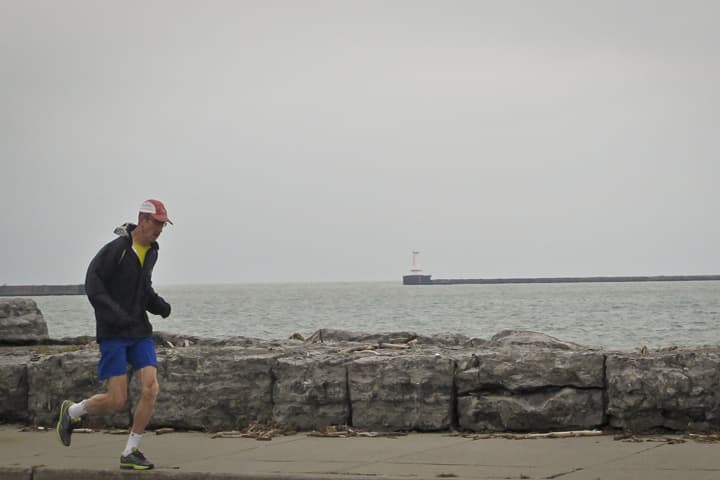Advertisement
December Heat Wave
ResumeJust in time for Christmas, a heat wave. Record-high December temperatures. We’ll look at the source and consequences, El Niño and more.

Half the country is wondering what kind of December this is this year. Yes, we know the Plains and Colorado have been slammed with snowstorms already. But for a huge swath of the country, it’s been wildly warm. Springtime in December. Five thousand daily records for warmth, broken. Cherry blossoms out in Washington. Daffodils out. Rhododendrons in flower. Hibernation all messed up. Bugs all over. People Christmas shopping in shorts and t-shirts where that’s not the norm. This hour On Point:, what’s driving the record high December temperatures, and their impact.
-- Tom Ashbrook
Guests
Nicholas Bond, research meteorologist at the National Oceanic and Atmospheric Administration Cooperative Institution at the University of Washington.
Julia Kumari Drapkin, executive producer and creator of iSeeChange.org and theAlmanac.org. (@juliakumari)
Richard Primack, professor of biology at Boston University.
Noel Perry, managing director and senior consultant at Transport Fundamentals.
From Tom’s Reading List
Slate: Global Warming Isn’t Really to Blame for This Crazy Warm Weather. So Enjoy It! — "What happens this winter will largely be up to El Niño, which has reached its peak strength in the Pacific Ocean and will soon begin to manifest itself even more strongly in U.S. weather. Judging from the latest weather model outlooks, warmth in the East isn’t going away anytime soon—we’ll have above average temperatures at least through mid-January."
iSeeChange: Hay, What's Happening? — "It’s been a weird year for weather in Colorado. With a winter so warm and dry that trees bloomed in January, hay farmers started having flashbacks to the drought of 2012. But by spring, rains did come to Colorado, and the wet weather has been good news - for some."
Washington Post: El Nino’s extreme effects: Corals around this island aren’t just bleaching — they’re dying — "This year’s El Niño event is shaping up to be one of the strongest in recorded history, and its effects are making themselves apparent across the globe in the form of droughts, floods and changes in local weather patterns. A less talked-about consequence of warm ocean temperatures, however, is their effect on coral. Warm water can lead to widespread coral bleaching, and scientists are observing just this effect around one of the world’s most ecologically unique islands."
This program aired on December 17, 2015.